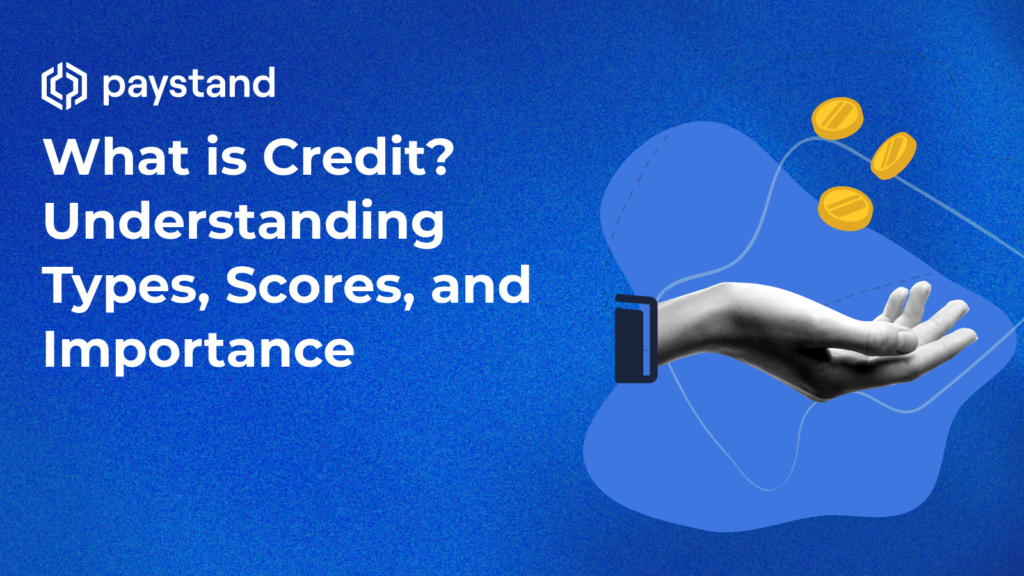
Understanding Credit Types: A Guide to Responsible Borrowing
In today’s financial landscape, understanding different types of credit is essential for managing your personal finances and building a strong credit profile. Whether you’re planning a major purchase, covering unexpected expenses, or simply want to improve your credit score, knowing how credit works—and how to use it responsibly—can make all the difference.
This guide will walk you through the most common types of credit: credit cards, personal loans, and lines of credit. We’ll break down how each one works, their pros and cons, and offer practical tips on how to use them wisely.
1. Credit Cards
What They Are:
Credit cards are one of the most accessible forms of revolving credit. They allow you to borrow money up to a certain limit and pay it back either in full or in monthly installments.
How They Work:
When you use a credit card, you’re essentially borrowing money from the card issuer. You can choose to pay your balance in full each month (which avoids interest charges), or make a minimum payment and carry the balance forward. Interest is charged on any unpaid balance.
Pros:
- Convenient for everyday purchases
- Often come with rewards or cashback
- Can help build or improve your credit score if used responsibly
- Offer fraud protection
Cons:
- High interest rates if balances aren’t paid off monthly
- Easy to overspend if not careful
- Late payments can hurt your credit score
Responsible Use Tips:
- Always aim to pay your balance in full
- Never miss a payment—set up automatic reminders or payments
- Keep your credit utilization below 30% (that is, don’t use more than 30% of your credit limit)
2. Personal Loans
What They Are:
Personal loans are installment loans, meaning you borrow a fixed amount of money and pay it back over time with interest. These loans are typically unsecured, meaning they don’t require collateral.
How They Work:
You apply for a loan amount from a bank, credit union, or online lender. Once approved, you receive the funds as a lump sum and repay it in monthly installments over a set period (usually 2 to 7 years).
Pros:
- Fixed interest rates and monthly payments make budgeting easier
- Lower interest rates than credit cards for borrowers with good credit
- Can be used for various purposes like debt consolidation, home improvements, or emergencies
Cons:
- Interest rates can be high if your credit score is low
- May have origination fees or prepayment penalties
- Missing payments can damage your credit score
Responsible Use Tips:
- Only borrow what you can afford to repay
- Compare lenders to get the best interest rate and terms
- Make payments on time to protect your credit
3. Lines of Credit
What They Are:
A line of credit (LOC) is a flexible loan from a financial institution that gives you access to a set amount of money that you can draw from as needed.
How They Work:
Unlike a loan, you don’t receive the full amount upfront. Instead, you borrow only what you need, when you need it, and pay interest only on the amount you use. As you repay the borrowed money, your available credit is replenished.
Types of Lines of Credit:
- Personal Line of Credit: Unsecured and based on your creditworthiness
- Home Equity Line of Credit (HELOC): Secured by your home’s value
Pros:
- Flexible borrowing for unexpected expenses or irregular income
- Interest is charged only on the amount used
- Can be a useful backup for emergencies
Cons:
- Variable interest rates can increase over time
- Easy to overborrow if not disciplined
- May require strong credit or collateral
Responsible Use Tips:
- Use it only for necessary expenses, not wants
- Keep track of how much you’ve borrowed to avoid surprises
- Repay as quickly as possible to minimize interest costs
Why Responsible Credit Use Matters
Managing your credit wisely is crucial to your long-term financial health. Every time you borrow and repay money, it impacts your credit score—a three-digit number that lenders use to decide whether to approve you for credit and at what interest rate.
Responsible credit use can help you:
- Qualify for better loans with lower interest rates
- Get approved for renting apartments or even some jobs
- Avoid falling into unmanageable debt
Red Flags to Watch Out For:
- Using credit to pay for essentials because you don’t have cash
- Only making minimum payments and carrying balances month to month
- Missing payments or maxing out your credit limits
Final Thoughts
Credit can be a powerful financial tool—but only if used wisely. Whether it’s a credit card, a personal loan, or a line of credit, each type serves a different purpose and comes with its own benefits and risks. By understanding how each one works and committing to responsible usage, you can take full advantage of the flexibility and convenience credit offers—while protecting your financial future.
